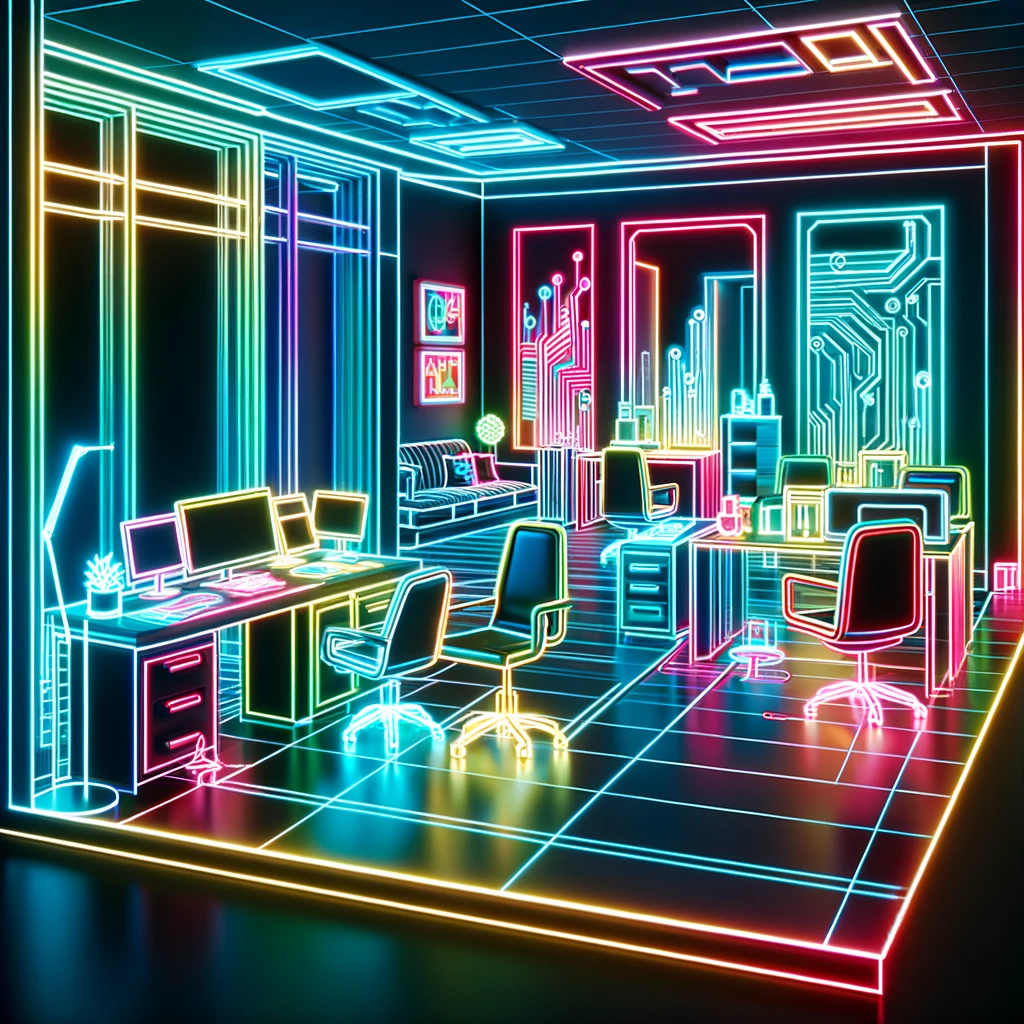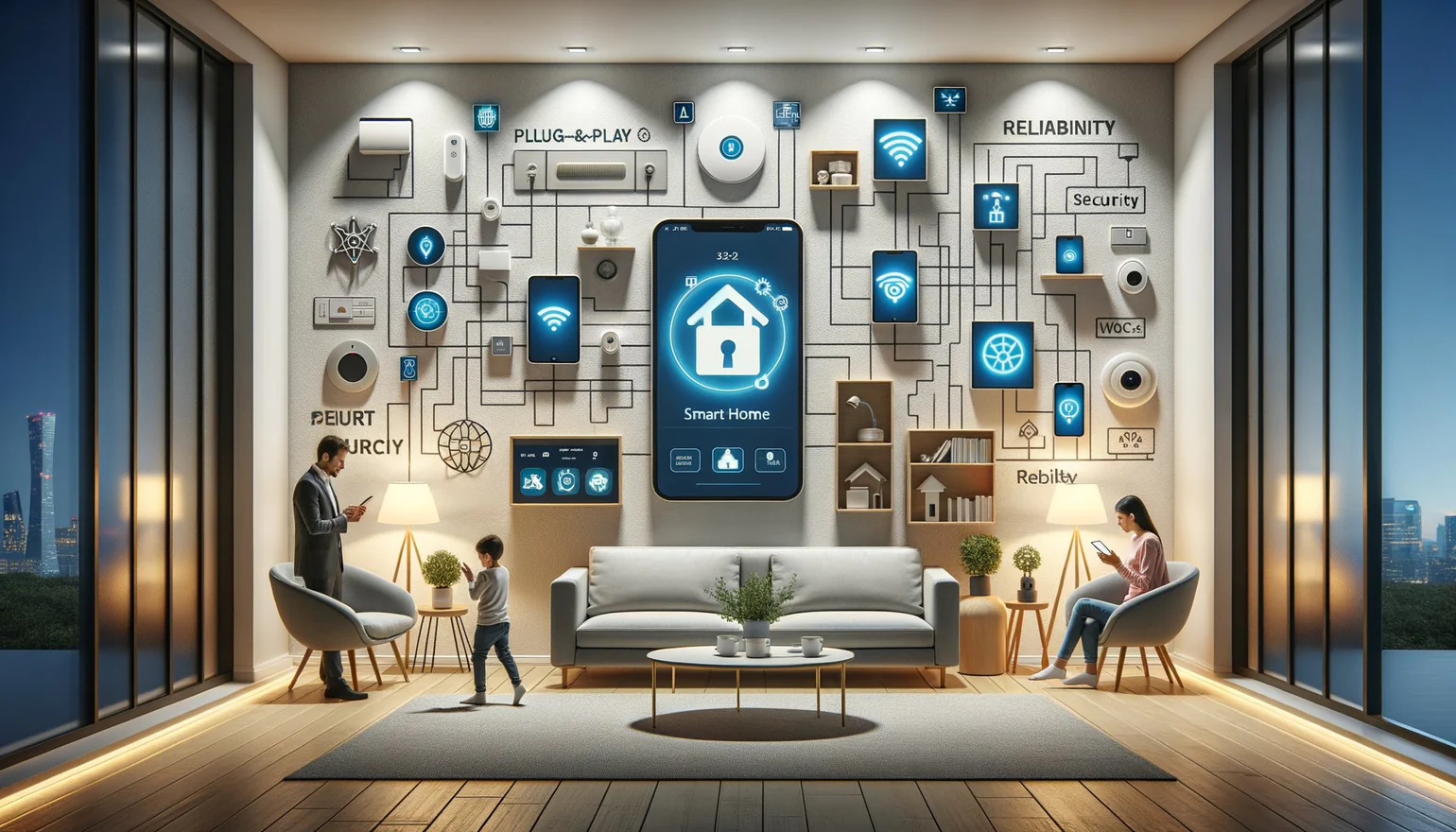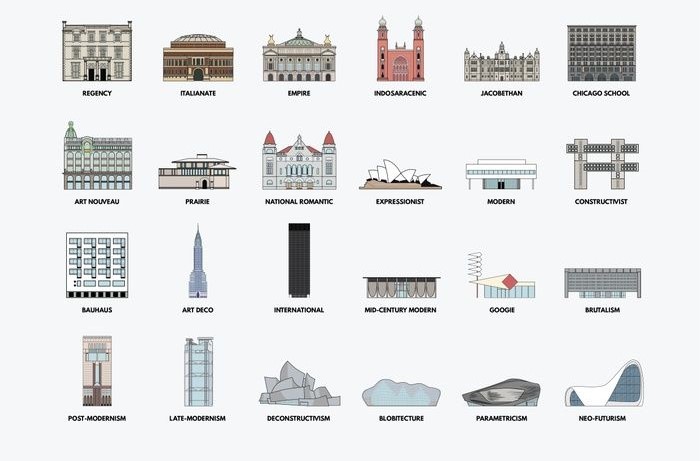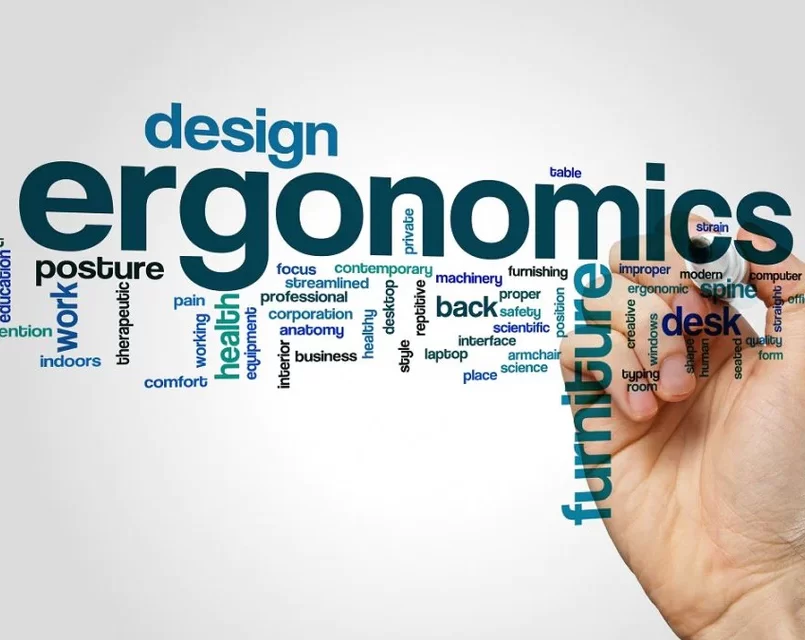Why Smart Home Technology Is Shaping Interior Design: Enhancing Convenience and Connectivity
In the realm of interior design, the integration of smart home technology is not just a trend; it’s a revolution. This convergence of functionality and aesthetics promises to transform our living spaces into ecosystems of convenience and connectivity. As technology evolves, so does the way we interact with our homes, making life easier, safer, and more enjoyable. This article delves into the impact of smart home technology on interior design and how it’s setting new standards for modern living.
The Rise of Smart Home Technology
Smart home technology has come a long way from its nascent stages of simple automated appliances and basic home security systems. Today, it encompasses a wide array of devices and systems designed to enhance comfort, energy efficiency, and security. From intelligent thermostats that learn your temperature preferences to voice-controlled assistants that manage your daily tasks, smart technology is becoming an integral part of the home. The proliferation of IoT (Internet of Things) has further accelerated this trend, making smart homes not just a luxury but a norm for many.
Impact on Interior Design
The rise of smart home technology has fundamentally changed the landscape of interior design. Designers now have to consider not only the aesthetics and functionality of spaces but also how to seamlessly integrate technology into their designs. This has led to innovative solutions where technology complements the decor, such as hidden wiring, discreetly integrated speakers, and smart lighting systems that enhance both the utility and ambiance of a room. The challenge lies in creating spaces that are both technologically advanced and visually appealing, a task that modern interior designers are embracing with creativity and enthusiasm.

Enhancing Convenience Through Technology
Smart home technology redefines convenience, offering solutions that streamline daily tasks and improve the quality of life. Here are some key ways technology enhances convenience in modern homes:
- Smart Kitchens: Imagine refrigerators that track your groceries and suggest recipes, or ovens that you can preheat on your way home. Smart kitchens not only save time but also make cooking and meal planning more efficient.
- Automated Living Areas: From voice-controlled entertainment systems to automated window treatments that adjust based on the time of day, living areas have become hubs of convenience and comfort.
- Intelligent Bedrooms: Wake up to natural light with smart curtains that open at your desired time, and enjoy optimal sleeping conditions with temperature-controlled mattresses and sleep trackers.
Improving Connectivity in Modern Homes
The essence of a smart home lies in its connectivity, where devices and systems communicate and work together to create a cohesive experience. This interconnectedness enhances the functionality of individual elements and the home as a whole:
- Unified Systems: Centralized systems allow for the control of lighting, temperature, security, and entertainment from a single interface, be it a smartphone app or a voice assistant.
- Enhanced Security: Smart security systems offer real-time surveillance, motion detection, and alerts, providing peace of mind whether you’re home or away.
- Energy Efficiency: By connecting appliances and systems such as heating and cooling to smart thermostats and energy monitors, homeowners can achieve significant energy savings and reduce their carbon footprint.
Challenges and Considerations
While the benefits of smart home technology are vast, integrating these systems into interior design comes with its challenges:
- Privacy Concerns: The more devices we connect, the greater the potential for privacy breaches. It’s important to select products from reputable companies with strong security measures.
- Technological Obsolescence: Technology evolves rapidly, and today’s cutting-edge devices may become obsolete tomorrow. Designing with flexibility in mind, such as using modular components that can be easily upgraded, can help mitigate this issue.
Smart home technology is reshaping the world of interior design, bringing unparalleled levels of convenience and connectivity to our living spaces. By thoughtfully integrating technology, we can create homes that not only meet our aesthetic expectations but also cater to our lifestyle needs and aspirations.
If you’re considering upgrading your home with smart technology, start with identifying areas where convenience and efficiency can be improved. Whether it’s a fully automated kitchen, a more secure living environment, or energy-saving solutions, the possibilities are endless. Embrace the future of interior design and transform your home into a smart, connected haven.


